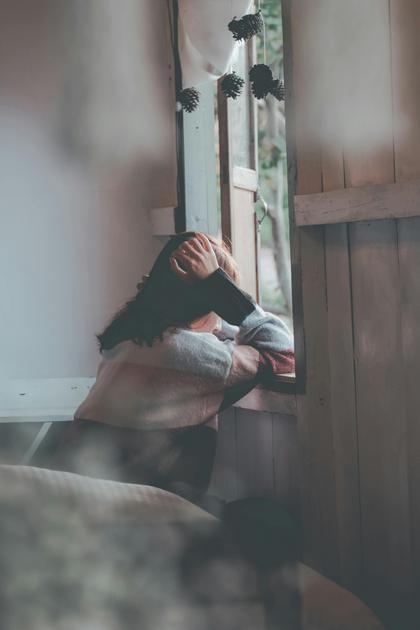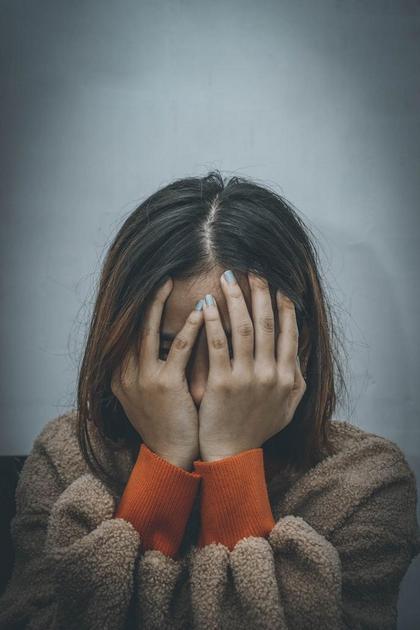Woman, Do You Suffer from Anxiety and Burnout?
Welcome to our latest blog post that delves into a significant concern for women globally: anxiety and burnout. Let’s acknowledge the struggle many of us face daily as we navigate through life with overwhelming responsibilities and expectations.
Understanding Anxiety and Burnout
Anxiety and burnout are not just buzzwords; they are realities many women live with. High pressure at work, managing family duties, and society’s expectations contribute significantly to these conditions.
Burnout can manifest as physical, emotional, and mental exhaustion, leaving women feeling drained and helpless. This often pairs with anxiety, pushing the emotional strain to unbearable limits.
Recognizing the Signs
Recognizing the signs of anxiety and burnout early can be crucial in managing these conditions. Common symptoms include irritability, extreme fatigue, loss of interest in activities, and a sense of overwhelm.
These symptoms not only impact mental health but can lead to significant physical health consequences. It’s vital to address these signs as soon as they appear to prevent further health deterioration.
Effective Coping Strategies
Developing effective coping strategies is essential in managing anxiety and burnout. Techniques such as mindfulness, meditation, and regular physical activity are known to greatly improve mental health.
Consider adopting new habits like journaling your thoughts or practicing yoga. These activities help in grounding emotions and sustaining mental stability.
Utilizing Support Systems
Never underestimate the power of a robust support system. Whether it’s friends, family, or professional help, having people to rely on can significantly alleviate the feelings of anxiety and being burned out.
Connecting with communities online or offline that focus on mental wellness can provide not only support but also practical tips for managing daily stressors.
Incorporating Daily Relaxation Techniques
Integrate relaxation techniques into your daily routine to keep anxiety at bay. Breathing exercises, aromatherapy, and guided imagery are practices that have shown to improve emotional well-being.
Practicing such techniques regularly allows for a moment of pause, helping your mind reset and recharge, which is crucial in maintaining both mental and physical health.
Seeking Professional Help
Sometimes, professional intervention is necessary, and that’s okay. Mental health professionals can provide invaluable resources, from therapy sessions to medication that can help manage symptoms effectively.
Reaching out for help doesn’t signify weakness, rather it is a proactive step towards overcoming anxiety and burnout, paving the path for a healthier and happier life.
FAQ
What are the common symptoms of burnout in women?
Burnout symptoms in women can vary but commonly include chronic fatigue, insomnia, lack of focus, and emotional numbness. Recognizing these early signs is key to addressing the issue before it exacerbates.
How is anxiety different from burnout?
Anxiety is an ongoing feeling of worry and fear, often about everyday situations, whereas burnout is a state of emotional, physical, and mental exhaustion caused by prolonged stress. Both can overlap, exacerbating each other.
Can lifestyle changes help manage anxiety and burnout?
Yes, lifestyle changes such as improved diet, regular exercise, and effective stress management techniques can significantly help. These changes support mental health and reduce the physical impacts of stress.
When should I seek professional help for anxiety?
If anxiety is interfering with your daily life and hindering your performance at work or relationships, it is advisable to seek professional help. Early intervention can lead to better management and recovery.
Are there any quick relief techniques for anxiety?
Quick relief techniques include deep breathing, short walk breaks, and using calming apps to provide immediate stress relief. These can be highly effective in the short-term for handling stress spikes.
Watch the Video:














